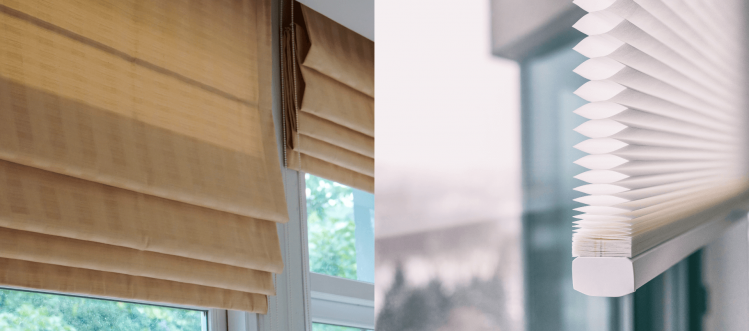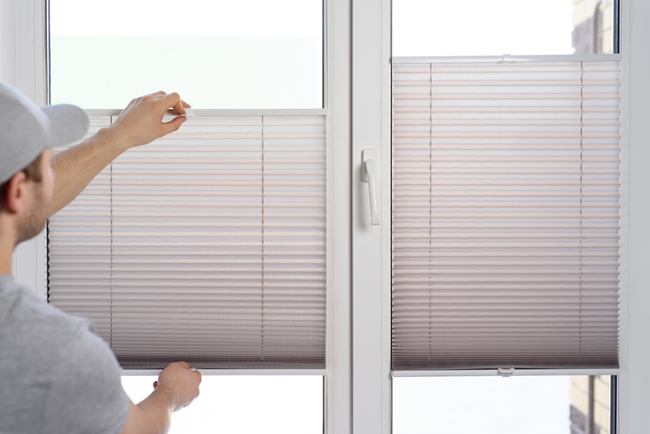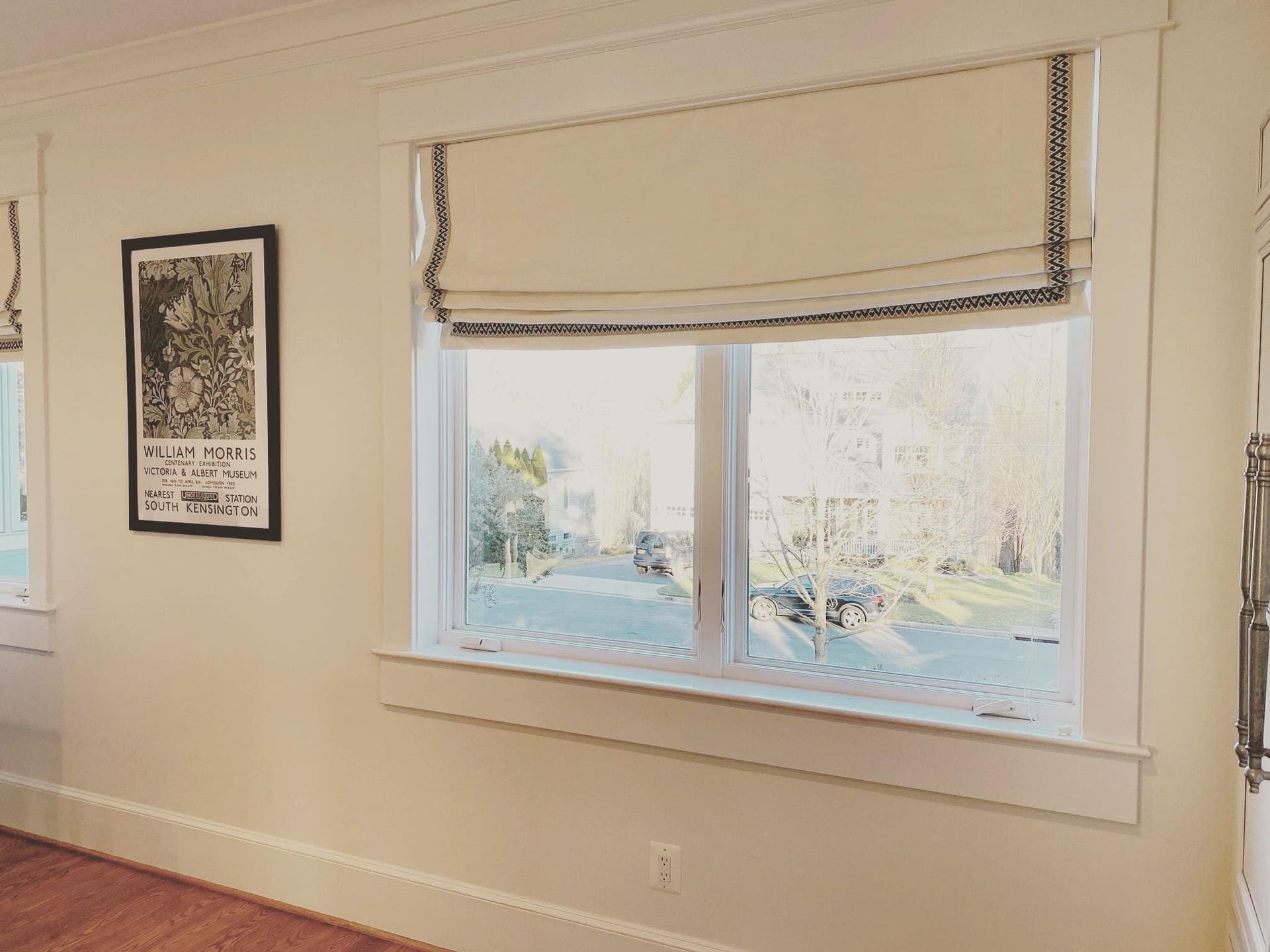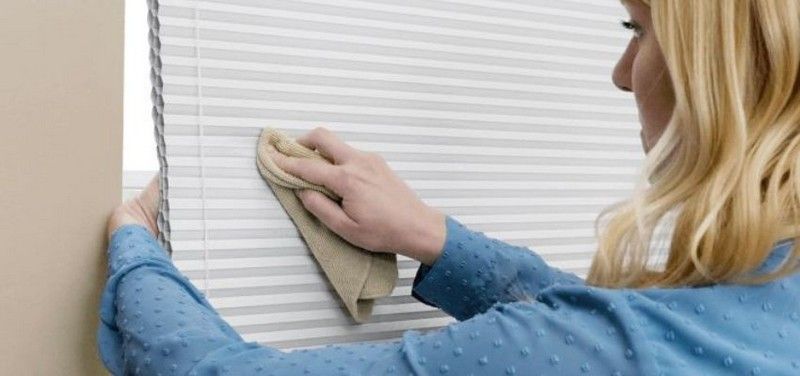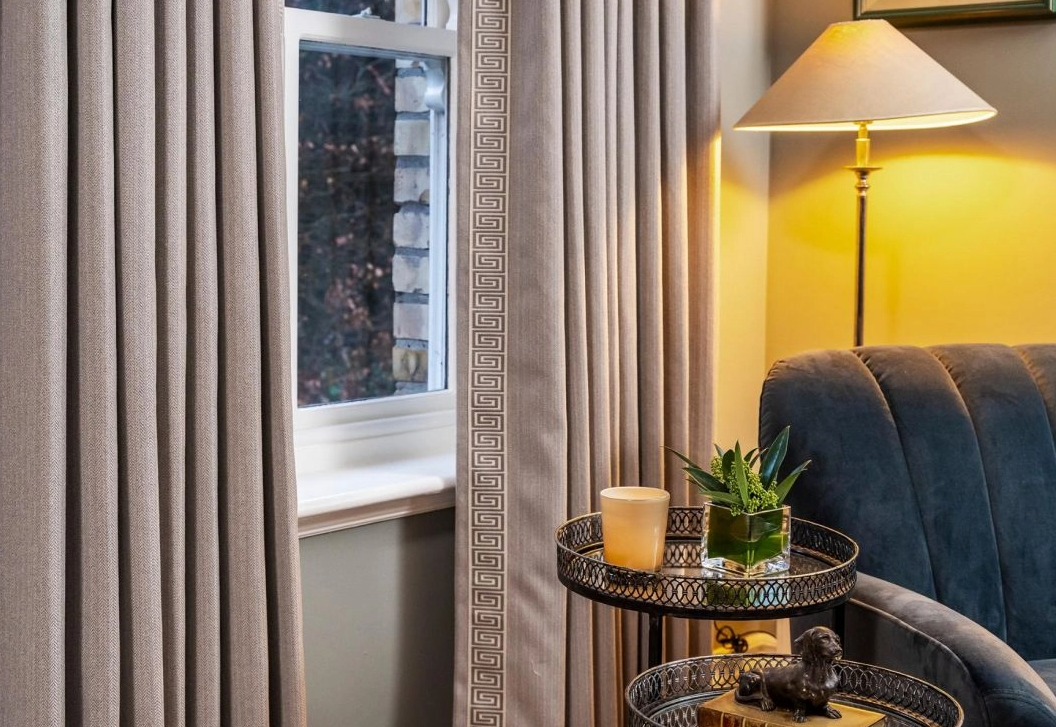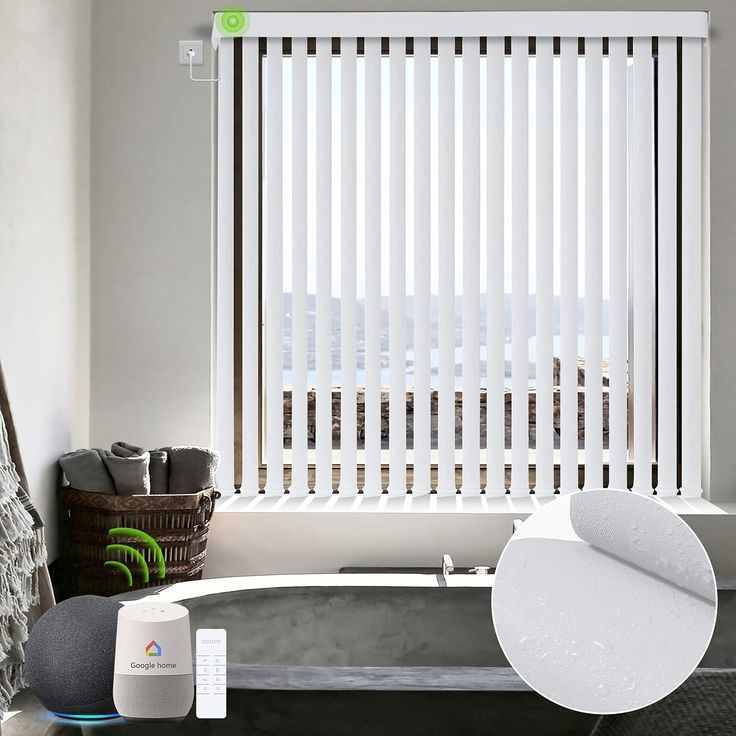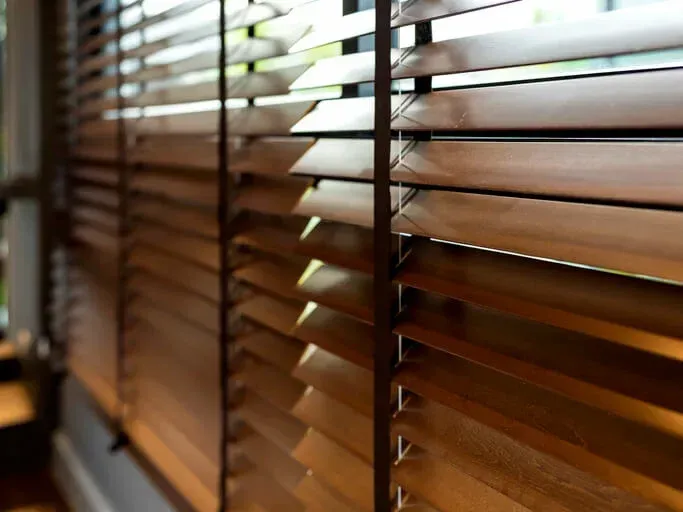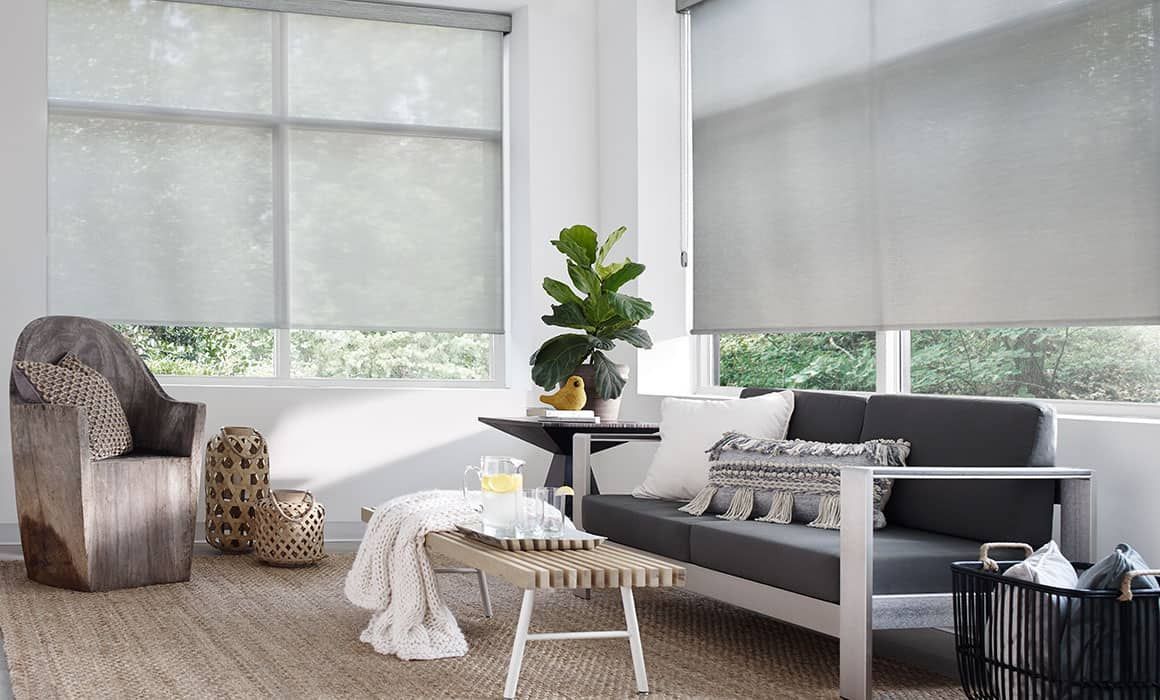Which Is Better: Wood or Plastic Plantation Shutters?
When choosing between wood and plastic (PVC or composite) plantation shutters, the better option depends on your needs. Wood shutters offer a classic, high-end aesthetic with natural insulation, while plastic shutters are more affordable, moisture-resistant, and low-maintenance. Below, we break down the differences to help you decide which material is best for your home or business.
Understanding Plantation Shutter Materials
Wood Plantation Shutters
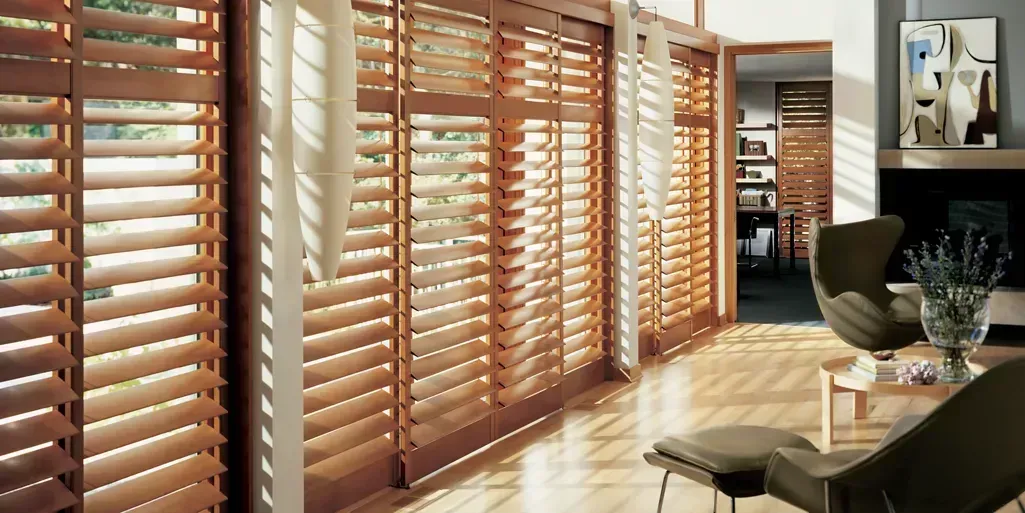
Wood plantation shutters, made from materials like basswood, teak, or cedar, offer a luxurious, traditional look. They are customizable in terms of stain and finish, allowing for a tailored aesthetic that complements high-end home designs.
Pros:
Warm, natural wood grain enhances aesthetics
Customizable with various stains and paints
Offers natural insulation, improving energy efficiency
High resale value for homes
Cons:
Susceptible to moisture damage (warping, cracking)
Requires regular maintenance (polishing, repainting)
More expensive upfront
Prone to termite or pest damage
Plastic (PVC or Composite) Plantation Shutters
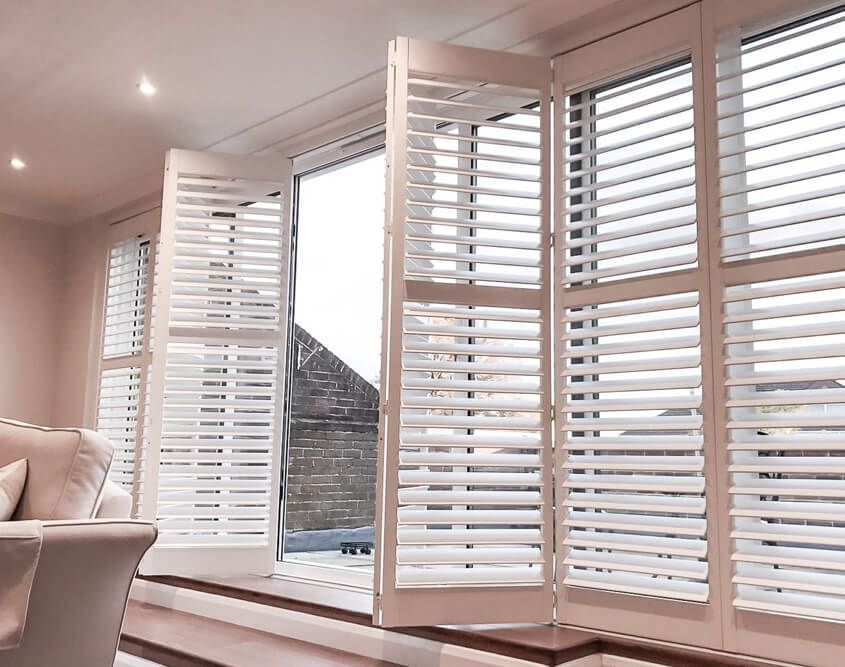
Plastic shutters, often made from high-density polymer (HDP) or vinyl, are engineered for durability and moisture resistance, making them ideal for bathrooms, kitchens, and humid climates.
Pros:
Waterproof and moisture-resistant, perfect for high-humidity areas
Low maintenance—only requires occasional cleaning
More budget-friendly compared to wood
Resistant to termites and pests
Available in a variety of finishes that mimic real wood
Cons:
Less customizable in terms of stains and textures
May appear less luxurious than real wood
Some lower-quality plastic shutters may discolor over time
Comparison: Wood vs. Plastic Plantation Shutters
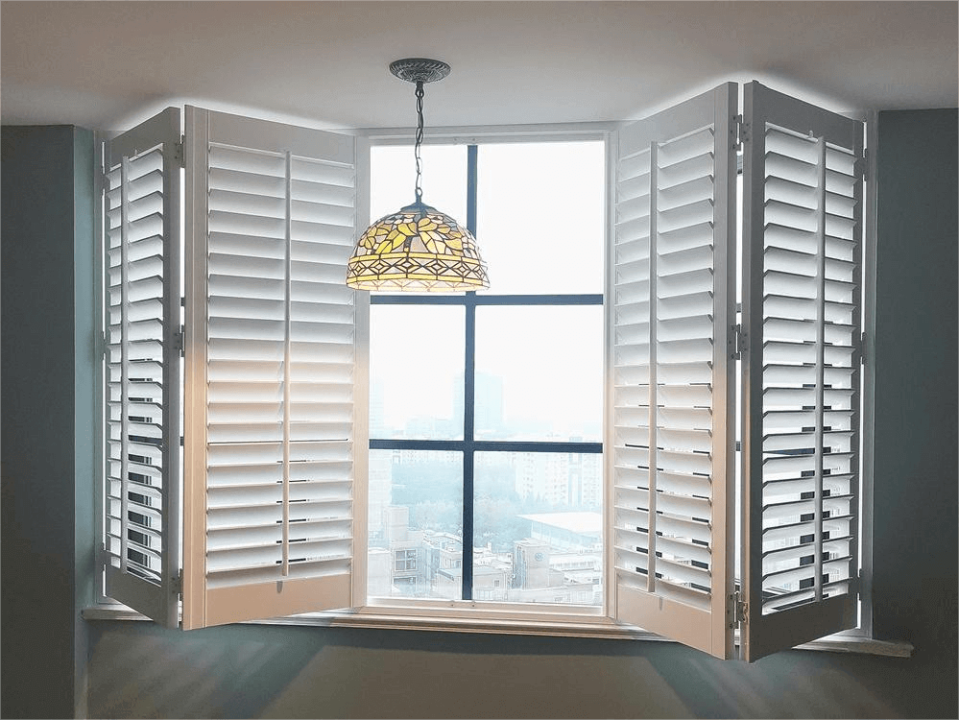
Aesthetics & Design Flexibility
Wood shutters exude a timeless, upscale feel with rich natural grain patterns, making them one of the best shutters for large windows in traditional, rustic, or luxury homes. Plastic shutters, while sleek and modern, may lack the depth and warmth of real wood. However, high-quality PVC shutters can closely mimic wood grain for a more refined look.
Wood shutters can be crafted into intricate designs and shapes, giving homeowners full customization options. Plastic shutters, while available in various styles, often have limited stain or paint options.
Durability & Maintenance
Plastic shutters win in terms of durability in humid or high-traffic areas. They are waterproof, scratch-resistant, and require minimal upkeep. Wood shutters, on the other hand, need periodic maintenance and can warp or crack in high-moisture environments if not properly sealed.
Additionally, wooden shutters may need to be repainted or refinished over time to maintain their aesthetic appeal, while plastic shutters require only occasional cleaning with a damp cloth to remove dust or debris.
Cost Analysis: Initial & Long-Term Investment
Wood shutters have a higher upfront cost but add long-term value to a home. Plastic shutters are more budget-friendly and cost-effective but may need replacement sooner if exposed to extreme conditions. Here’s a breakdown:
- Wood Shutters: $200–$400 per window (higher long-term ROI)
- Plastic Shutters: $100–$250 per window (affordable, but may not last as long)
While plastic shutters save money upfront, homeowners who prioritize aesthetics and long-term investment may prefer the higher initial cost of wood shutters.
Environmental Impact & Sustainability
Wood shutters are a renewable resource, but sourcing impacts forests and sustainability. Plastic shutters, while recyclable, may contain synthetic materials that are less eco-friendly. If sustainability is a concern, opting for responsibly sourced wood is ideal.
Additionally, homeowners looking for eco-conscious
window treatments should consider low-VOC (volatile organic compounds) finishes for wooden shutters to reduce indoor air pollutants.
How to Choose the Right Plantation Shutter for Your Home
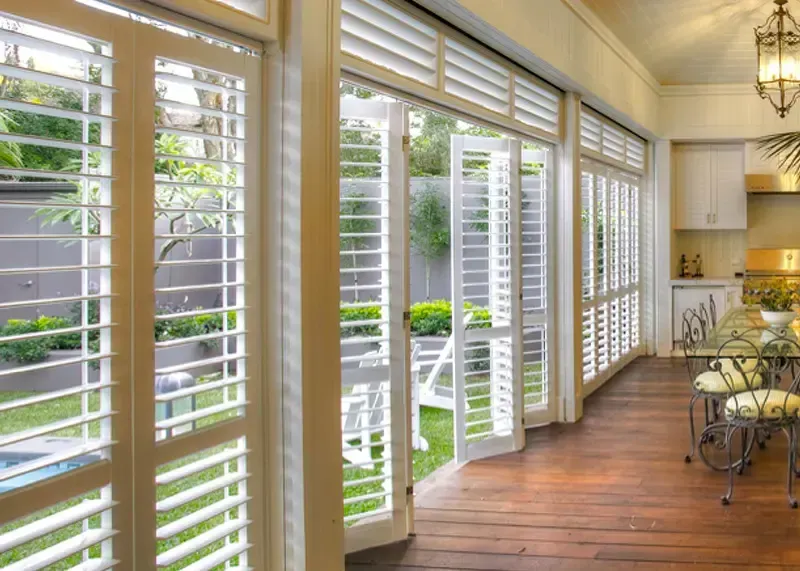
Consider these key factors before making your choice:
Budget: Are you looking for a long-term investment (wood) or an affordable option (plastic)?
Climate & Humidity: Do you live in a humid region? If so, plastic is the better choice.
Aesthetic Preference: Do you prioritize the luxurious warmth of wood or the sleek, uniform look of plastic?
Maintenance Level: Do you prefer minimal upkeep (plastic) or are you willing to maintain natural wood?
Longevity: Are you looking for shutters that last decades with proper care (wood) or a practical, cost-effective solution (plastic)?
For homeowners looking for
Plantation Shutters for Sliding Glass Doors, material choice is especially important. Since sliding glass doors require durable, functional, and aesthetically pleasing coverings, selecting the right shutter ensures ease of operation and longevity.
Which Should You Choose?
At
Love Is Blinds NC, we recommend choosing based on your priorities. If you seek a high-end, classic aesthetic and are willing to maintain them,
wood plantation shutters are an excellent investment. If you prefer a cost-effective, low-maintenance, and moisture-resistant option,
plastic plantation shutters are the way to go.


